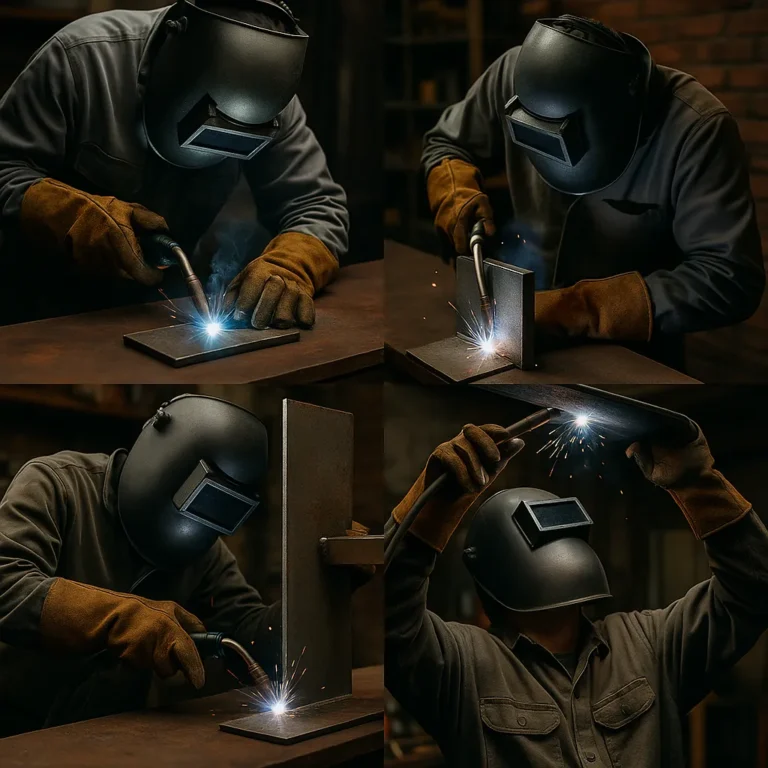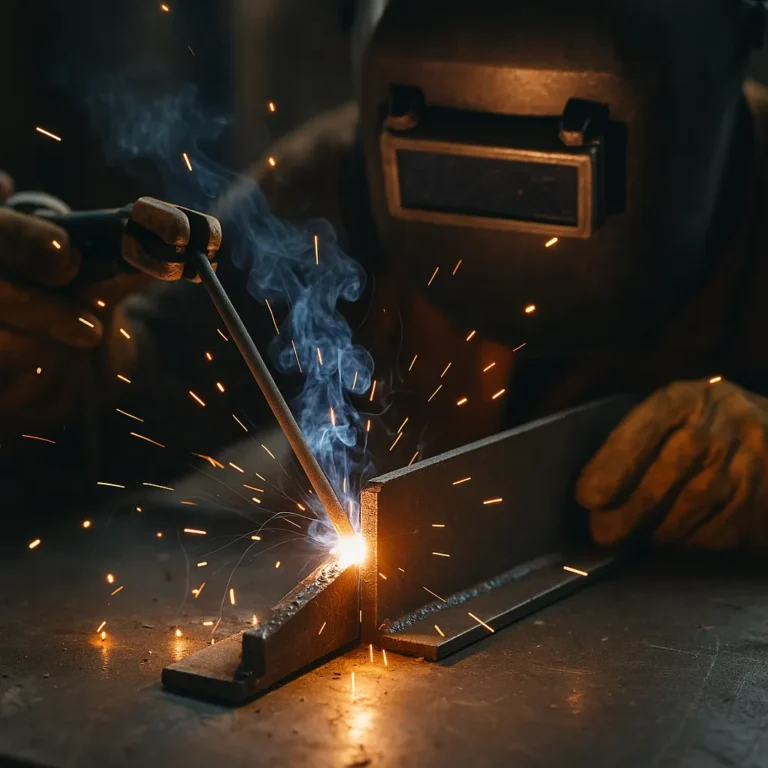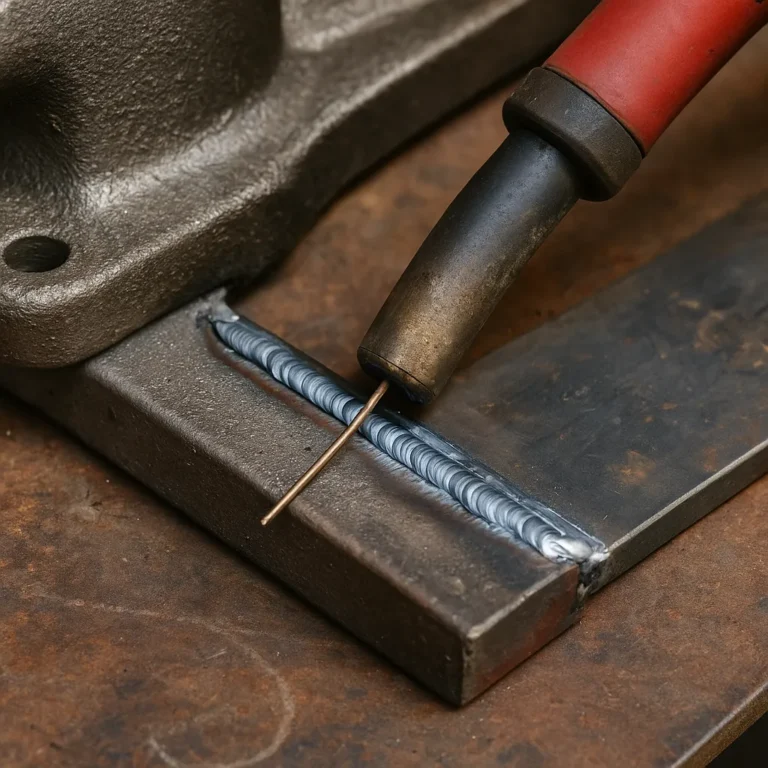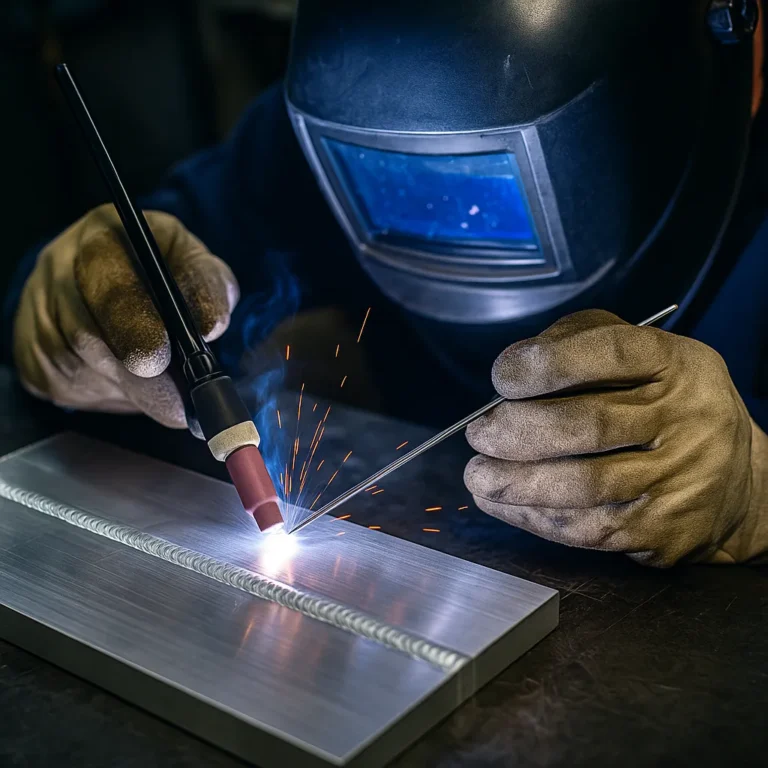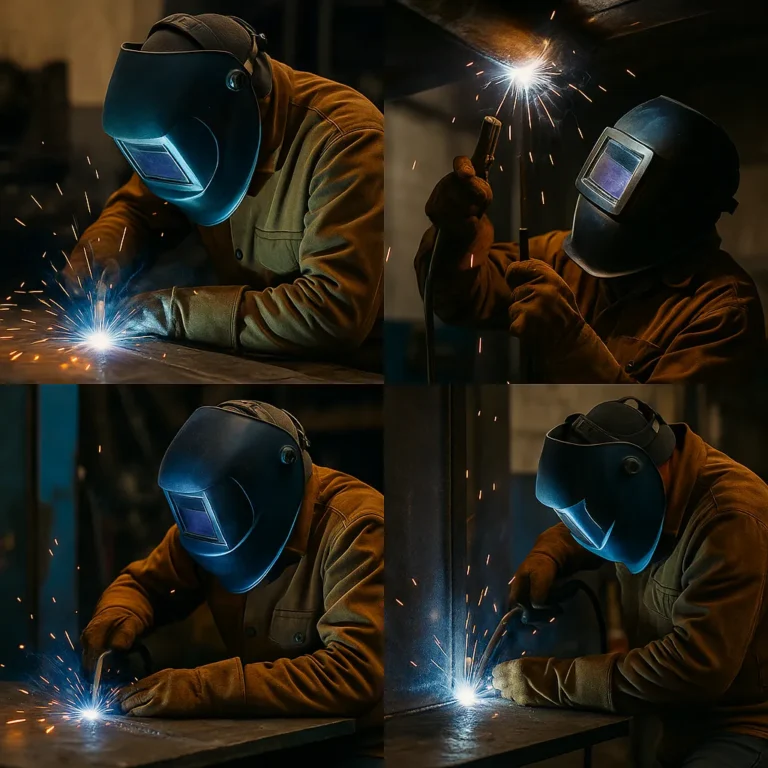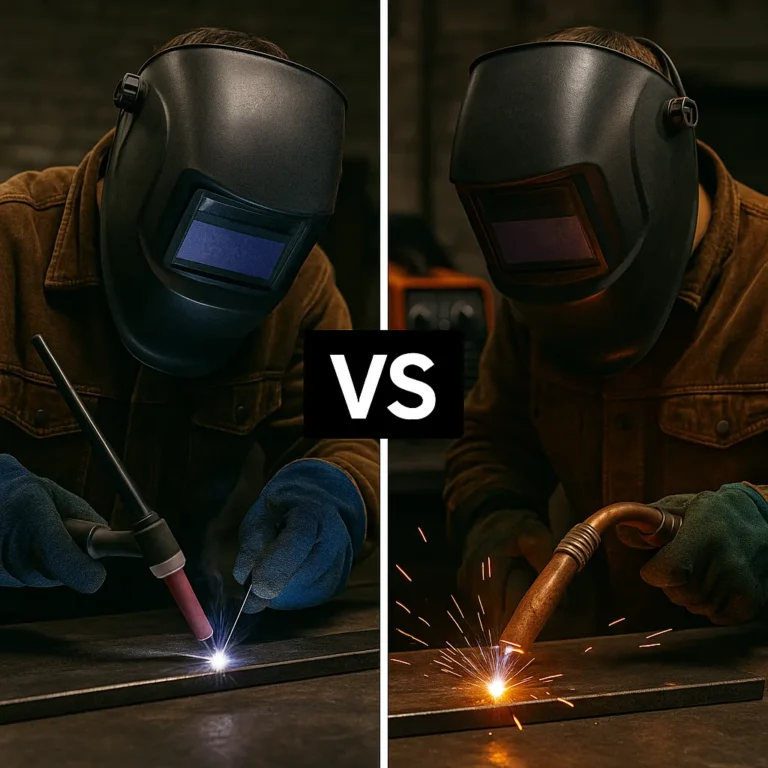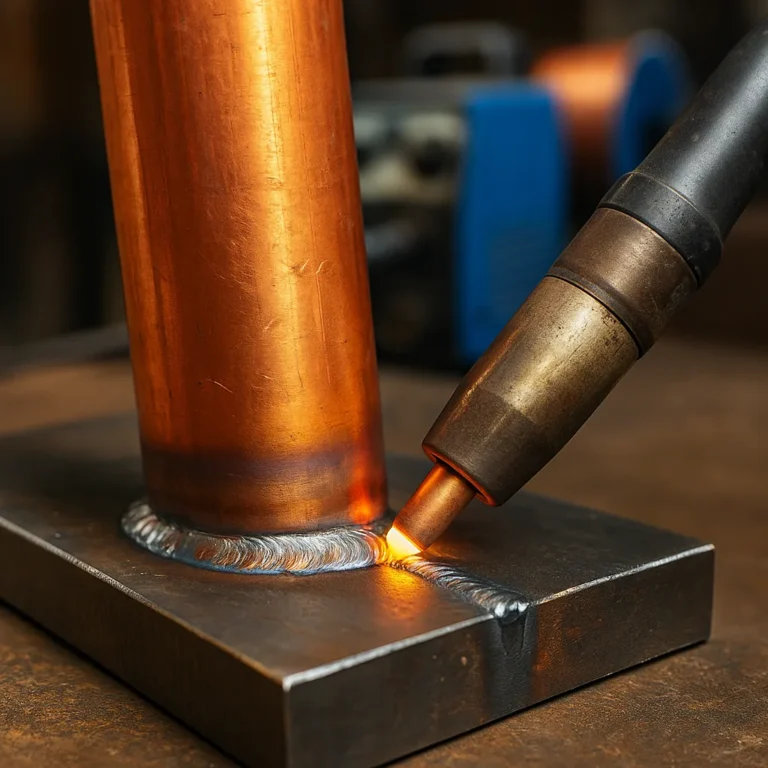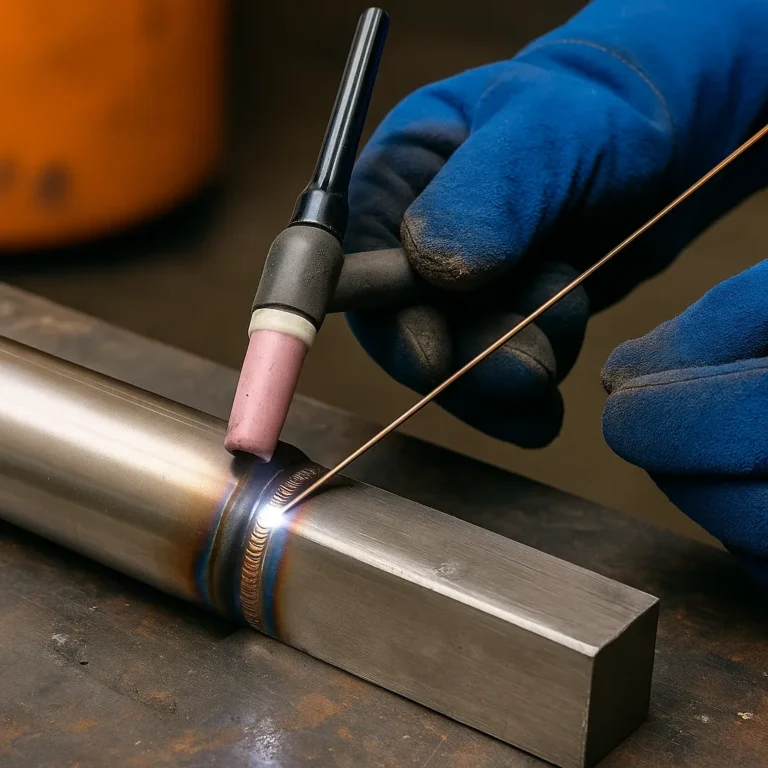Welding Position Explanation: A Practical Guide for Beginners and Pros
Whether you’re laying your first bead or working toward certification, understanding welding positions isn’t just helpful—it’s essential. These positions directly affect how your weld turns out, how difficult the job will be, and what kind of gear or technique you’ll need. Let’s walk through each position and what it means in the real world. The…

